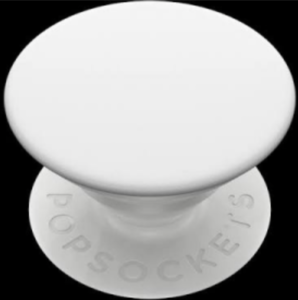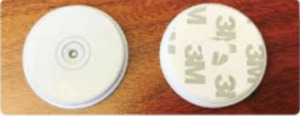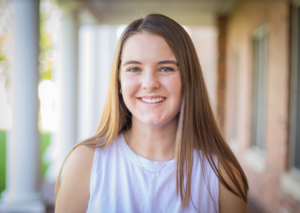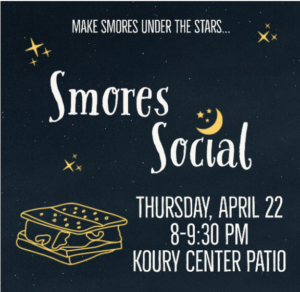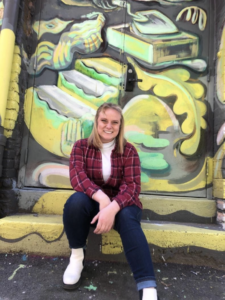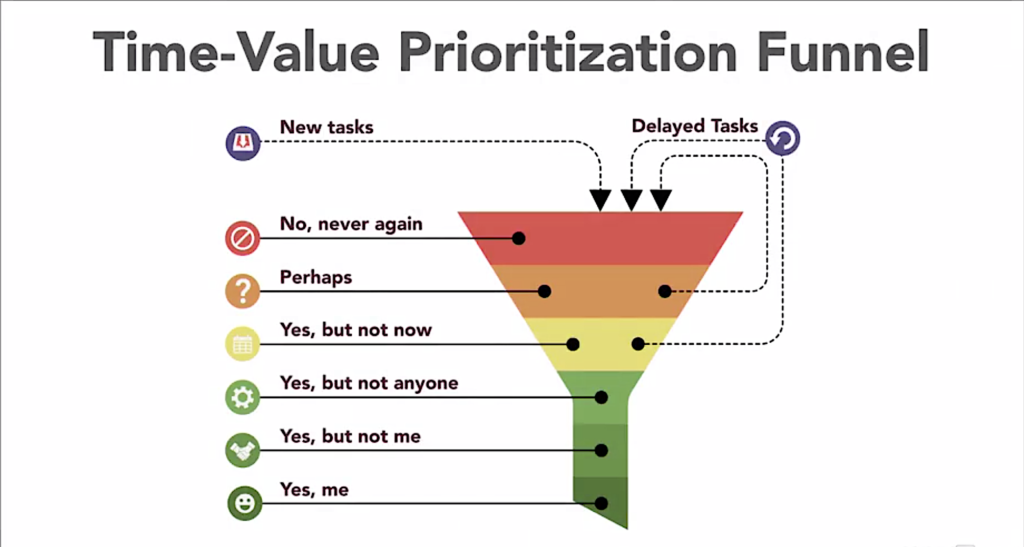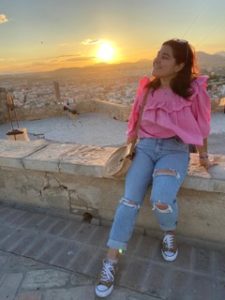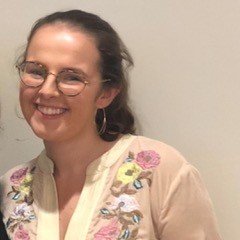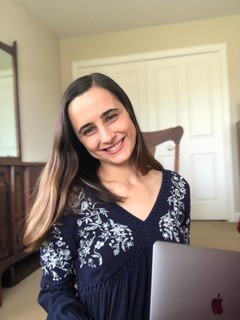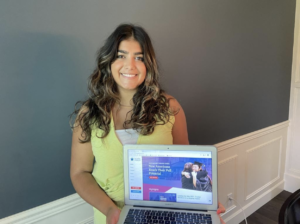
For the summer of 2021, I was a joint policy and communications intern for the National Immigration Forum, an immigrant advocacy group based in Washington D.C. that focuses on immigration reform, integration, border enforcement, and local immigration development through policy and field advocacy. As a member of the policy team, I attended Hill meetings alongside members of the Forum with congressional staffers to discuss important legislation and happenings to lobby for positive reform. I also wrote fact sheets and blog posts breaking down crucial topics in immigration, like the treatment of unaccompanied alien children at the border to veteran deportation protection. As a member of the communications team, I reviewed their website pages for usability and created a stylesheet of best practices to maximize readability. The internship was not only highly informative on the topic of immigration, but allowed me to better understand how rhetoric and discursive formations shape both the workforce as well as legislation.
Putting all of the formal stuff aside, I had so many interesting experiences. Have you ever had two different “bosses,” tell you conflicting things? Have you ever had to navigate meeting after meeting until you realize that the rest of your life might just be one giant meeting? Have you ever felt like you didn’t belong in a community until one day it all changed and you didn’t even realize it? I had all of these things happen during my internship. I suppose this is why internships are essentially a microdose of the “real world.” Because these things happen every day and learning to navigate them is essential. I’m going to discuss one of the most important lessons that I’ve learned in a professional writing and rhetoric (PWR) context, but outside of PWR, I also learned that the real world is messy, complex, and oh-so-interesting. There was never a dull day and I wouldn’t have it any other way.
Writing for Discourse Communities
One of the most important things that a professional writer encounters in the so-called “real world” is having to be especially cognizant of discourse communities. What is a discourse community, you may ask? According to Purdue Libraries, a discourse community refers to a group of people who use language that is “embedded in social relations and is regulated by conventions specific to particular groups or communities.” Therefore in any field where writing is a dominant technique of communication, discourse communities exist. This also means that while there are universal modes of communication (i.e. overlapping lingo and slang that are known by almost everyone), each field, area of study, or profession has its own distinct discourse community that an outsider may not be able to automatically understand. The discourse community might reflect the common lingo, slang, or acronyms used. It also might reflect a way of delivery: i.e. professional and formal (our findings reflect positive growth in our revenue sector) versus laid-back and chill (we are super excited to see a rise in revenue). While both have a similar underlying meaning, the delivery and rhetorical claims of the two methods are fundamentally different.
But why does it matter? In university studies, the odds of you learning about the most relevant discourses in your major are highly likely. For example, if you were an Economics major, you might recognize and write using abbreviations for companies while monitoring their stocks because, after a certain point, you are so immersed in the discourse community that everybody knows what those acronyms mean. You use the abbreviations because everybody does; it’s the common practice. When you are able to read, write, and discuss within an area of study or profession and not have to ask yourself “what does that mean?” you are probably well immersed in that field. That can be a wonderful thing, because, congratulations; you’re an insider! However, one’s university major is only a fraction of the work one might complete once one has a diploma in hand. Perhaps you choose to pursue a field that is very different from what you studied. Perhaps you take a job that has intersecting fields. Once again you’re back at square one, relearning what it is like to enter a new discourse community, like your first day of high-school Spanish. You know that if you pay attention and put in the work, you’ll be fine, but at the end of the day, it’s your first day in a foreign language and it’s unfamiliar. In the workforce, it’s slightly more intimidating because instead of a teacher you have a boss and instead of a grade you have a paycheck.
In my internship, I had this “first-day-of-Spanish” experience. As a Political Science major and PWS minor, I know that there is no way that I can know every acronym, every term, or everything there is to know about political science. There is simply too much in the field, and I am sure this is true in all areas of study. Nevertheless, when I took my internship at the Forum, I realized one crucial thing: I was going to have to put in extra time to travel into the immigration discourse community. This is because not once in my life have I taken a class that has talked about immigration or immigration policy. The extent of my knowledge came from articles that I have read about the topic, conversations I have overheard, and debates I have listened to in electoral times. Quickly after beginning my internship, I realized two more things: 1.) Discourse communities are real (and in the case of my internship, they usually take place in the form of acronyms), and 2.) Breaking down discourse communities and finding a universal, expansive language was not nearly as difficult as I thought with the use of simple strategies.
One of my main jobs for the Forum was helping write fact sheets and blog posts on important legislation and things happening in the news that relates to immigration. In doing so much writing about a topic I was still becoming familiar with, I didn’t have to worry too much about writing too deeply into the discourse community of immigration, simply because I wasn’t a part of the community. As time went on, I developed several strategies to maintain neutral language and ensure that an outsider could read my writing and feel as confident and knowledgeable as I did. Those strategies included the following:
- Use acronyms as scarcely as possible to enhance readability: This one is really hard because especially in government writing, there are a lot of acronyms (example: in the first paragraph of an article I did on the William Wilberforce Trafficking Victims Protection Reauthorization Act (TVPRA) I also had to define Unaccompanied Alien Children (UACs), who through the TVPRA are turned over to the Department of Homeland Security (DHS) and the Department of Health and Human Services (HHS). That is four acronyms!). My strategy to minimize this is to always use the full name in any graphic/image captions that are scattered throughout the article. This allowed me to remind readers of the meaning of the acronyms they’re reading about without breaking up the flow of the article.
- Present information in digestible formats like bullet points, because the visual design of information increases reader comprehension (or something like that!): See how I am doing this right now? It is so much easier to make note of my suggestions while reading this blog post because the takeaways are given to you in a list. If you come back to this, you’d know to look for the bullet points. If you are a visual learner, you might picture the bullet points. Suddenly the confusing jargon and stories that I might have referenced earlier are distinguished from the most important points
- Highlighting or bolding key points in simple language, because, as already noted, visual design……etc: See how I am modeling my strategies again? Bolding breaks through the noise and it gives the reader a one-sentence takeaway. It is efficient because it answers the question being asked concisely. If the readers want to delve into the discourse community, they can continue to read the elaboration and use context to clue them in.
- Use elements of multimedia to present important information redundantly (words, in a flowchart or image, etc.): Demonstrating concepts in the form of multiple mediums can help make information more digestible to a person who might not belong in a specific discourse community. Charts, graphs, and images can be vehicles to deliver information and complement statistics named in a document.
The ability to transcend and participate in discourse communities is difficult, mostly due to the fact that it is often difficult for us to conceptualize that we belong to discourse communities. But the truth is, we are not only active participants in discourse communities, but we help create them too. Those same constructions can be dismantled, or at least neutralized. In doing so, we become active participants in the community we write for. I found Jamie MacKinnon extremely compelling in the article “Becoming a Rhetor: Developing Writing Ability in a Mature, Writing-Intensive Organization.” In MacKinnon’s case study of individuals who work for a bank, they note that “the participants developed an effective, though largely tacit, understanding of the organization as a rhetorical domain. In acting rhetorically–in speaking, writing, talking, and listening–they were discovering what knowledge was socially significant and which forms of reasoned argument readers found persuasive. In doing so, the participants found a voice and conceptualized and assumed roles for themselves in a rhetorically found, rhetorically functioning community…In becoming rhetors, they became active participants in the community’s business” (420-21). Essentially, transcending discourse communities allows for active participation, which includes but is not limited to creation, disruption, fabrication, collaboration, and so many other active processes.
This was perhaps the most important thing that I learned from my internship. I hope that my future classes at Elon and experiences will build upon this knowledge to help make politics more accessible to the public. While discourse communities build community, they also draw boundaries between who is “in” and “out.” It is time to let more people “in.”
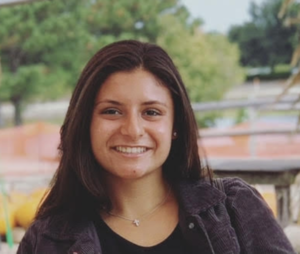 Can you tell the difference between a counterfeit product versus a real one? Well, this summer while interning with SnapDragon, an intellectual property (IP) company, I learned about the importance of IP infringement and assisted their marketing team and Brand protection team in spreading awareness and stopping the sale of fake products. Intellectual property is a rising issue that many consumers face. IP is a set of laws that protect creative and innovative products through legal rights called patents, copyrights, and trademarks. The photographs below are a perfect example of what I looked for while working with the SnapDragon Brand Protection team. When searching for fake popsockets, you look for any circular popsocket shaped item that does not have the “Popsocket” name or logo on it. If the popsocket looks like the first image, then it is assumed to be a real product and not reported, however, if it reflects the second image then it is reported to swoop, SnapDragons IP site. While interning with SnapDragon, I learned about the importance of IP and how much marketing education is needed in this field. Being an English literature major with a minor in Professional Writing and Rhetoric, writing is a major part of my education. This summer has provided me with an abundance of new skills in the marketing industry. On top of writing in a professional tone and publishing my blogs, I also learned how to use more platforms and understand how to market to a specific audience are great new assets. Interacting with others in the workplace and learning how to use my college education on a professional level has given me great insight into my future career in marketing.
Can you tell the difference between a counterfeit product versus a real one? Well, this summer while interning with SnapDragon, an intellectual property (IP) company, I learned about the importance of IP infringement and assisted their marketing team and Brand protection team in spreading awareness and stopping the sale of fake products. Intellectual property is a rising issue that many consumers face. IP is a set of laws that protect creative and innovative products through legal rights called patents, copyrights, and trademarks. The photographs below are a perfect example of what I looked for while working with the SnapDragon Brand Protection team. When searching for fake popsockets, you look for any circular popsocket shaped item that does not have the “Popsocket” name or logo on it. If the popsocket looks like the first image, then it is assumed to be a real product and not reported, however, if it reflects the second image then it is reported to swoop, SnapDragons IP site. While interning with SnapDragon, I learned about the importance of IP and how much marketing education is needed in this field. Being an English literature major with a minor in Professional Writing and Rhetoric, writing is a major part of my education. This summer has provided me with an abundance of new skills in the marketing industry. On top of writing in a professional tone and publishing my blogs, I also learned how to use more platforms and understand how to market to a specific audience are great new assets. Interacting with others in the workplace and learning how to use my college education on a professional level has given me great insight into my future career in marketing.
